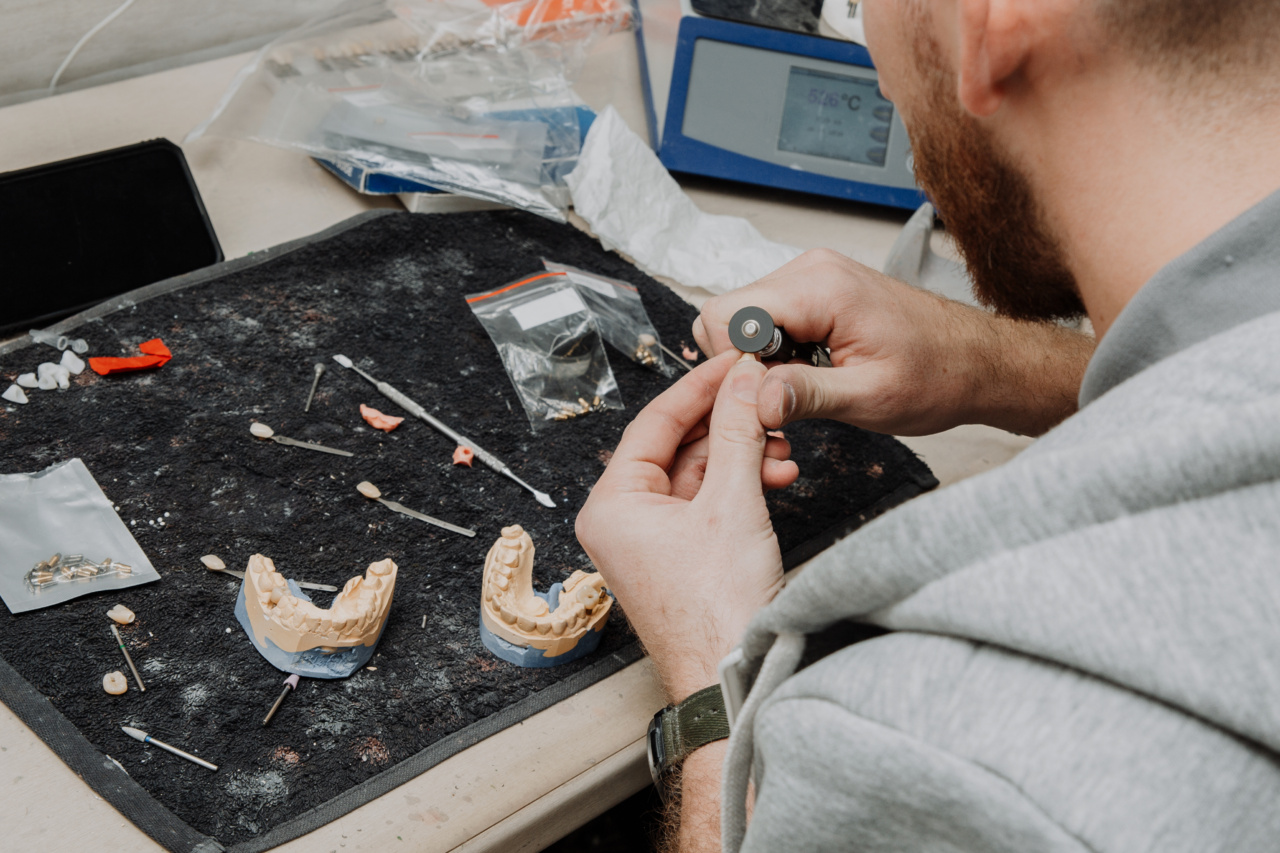For couples struggling with infertility, in vitro fertilization (IVF) can be a long and difficult process. Traditional IVF involves multiple cycles of hormone injections, egg retrieval, fertilization in a laboratory, and embryo transfer.
However, a new IVF technique promises to deliver impressive results in just 5 minutes.
What is the revolutionary IVF technique?
The new technique, called INVOcell, was approved by the US Food and Drug Administration in 2015. It involves placing the sperm and eggs in a small, cylindrical device and incubating them inside the woman’s body for 5 days.
The device is made of a biodegradable material, so it eventually dissolves inside the body.
How does INVOcell work?
INVOcell works by creating a natural environment for fertilization to occur. The device is placed inside the woman’s vagina and left there for 5 days, allowing the sperm to fertilize the egg naturally.
During this time, the device also provides optimal temperature and pH conditions for fertilization.
After 5 days, the device is removed and the fertilized embryo is transferred to the woman’s uterus. The device can hold up to 3 eggs, increasing the chances of a successful pregnancy.
What are the advantages of INVOcell?
INVOcell has several advantages over traditional IVF. Firstly, it is significantly cheaper, as it does not involve the use of expensive laboratory equipment or facilities.
Secondly, it is less invasive, as the entire procedure can be done in a doctor’s office rather than a hospital.
Lastly, it has a higher success rate than traditional IVF. According to a study published in the Journal of Assisted Reproduction and Genetics, the pregnancy rate for INVOcell was 35.6%, compared to 31.7% for conventional IVF.
Who can benefit from INVOcell?
INVOcell is suitable for couples who have been diagnosed with unexplained infertility, as well as those who require low-dose stimulation for egg production.
It is also ideal for couples who cannot afford traditional IVF or are not eligible for it due to religious or ethical reasons.
What are the risks of INVOcell?
As with any medical procedure, there are risks associated with INVOcell. The device may not be successful in every case, and multiple attempts may be required. There is also a risk of infection or injury during the procedure.
However, compared to traditional IVF, the risks associated with INVOcell are much lower. The device is designed to be less invasive and less stressful on the woman’s body.
How much does INVOcell cost?
The cost of INVOcell varies depending on the clinic and location. However, it generally costs around $5,000 to $7,000, which is significantly cheaper than traditional IVF.
Is INVOcell covered by insurance?
Currently, INVOcell is not covered by most insurance plans. However, some clinics offer financing options or discounts for cash payments.
Conclusion
INVOcell is a revolutionary IVF technique that offers several advantages over traditional IVF. It is cheaper, less invasive, and has a higher success rate.
It is a viable option for couples who have been diagnosed with unexplained infertility or require low-dose stimulation for egg production. With its impressive results in just 5 minutes, INVOcell is changing the way we think about IVF.



























